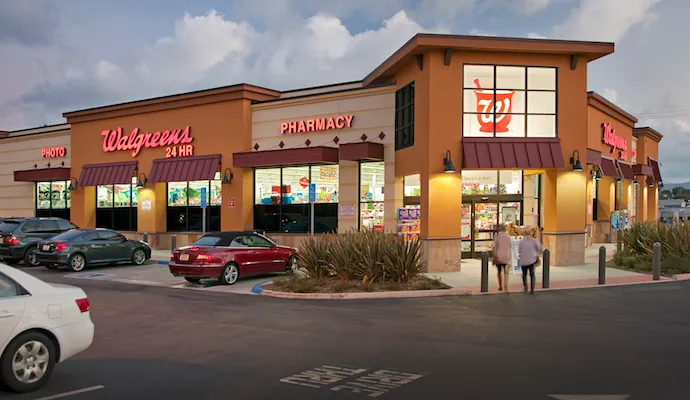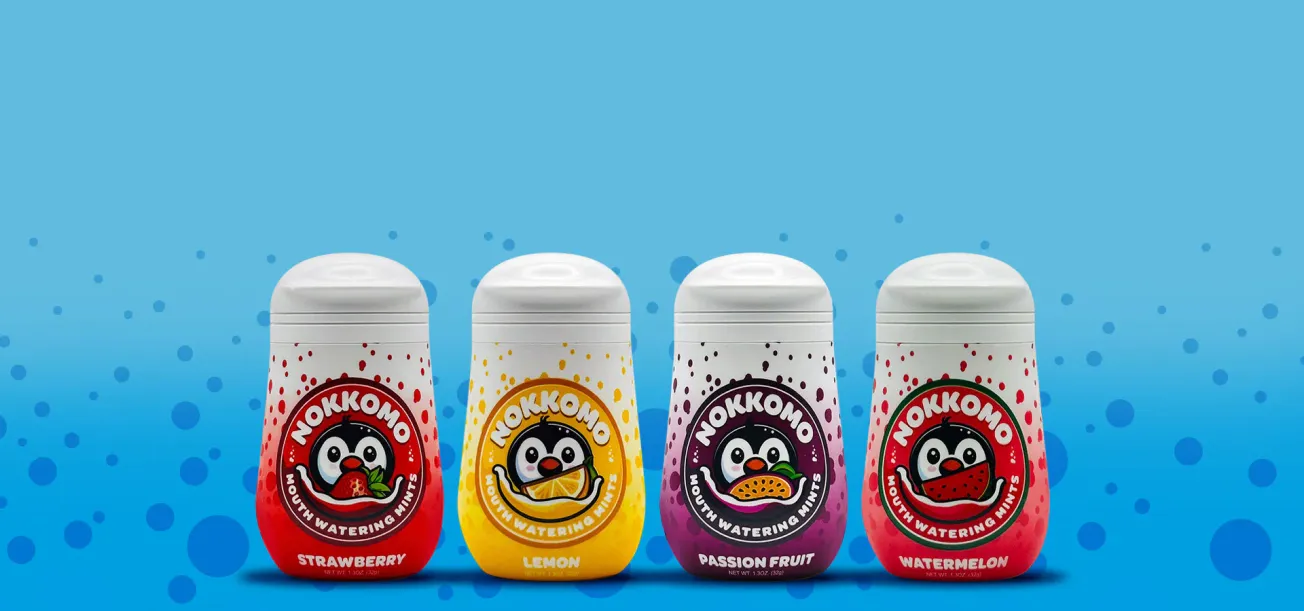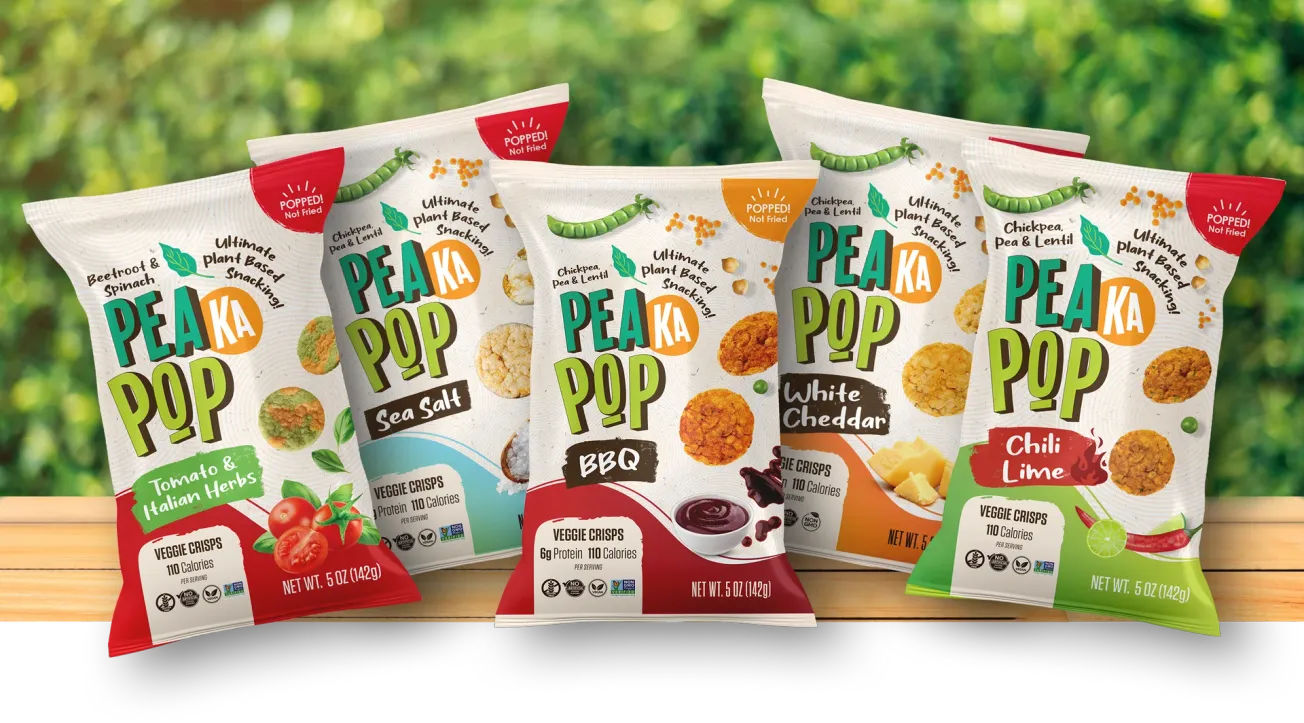DEERFIELD, Ill. — Despite an uptick in its Retail Pharmacy USA division, Walgreens Boots Alliance (WBA) reported declined sales for its fiscal 2017 second quarter, with adjusted earnings per share in line with Wall Street’s consensus estimate.
Also on Wednesday, WBA had no further news to report on the status of the antitrust review of its deal to acquire Rite Aid Corp. WBA said it’s continuing negotiations with the Federal Trade Commission to clear the transaction by July 31, the extended end date for the agreement announced earlier this year.
For the second quarter ended Feb. 28., WBA’s sales totaled $29.45 billion, down 2.4% from $30.18 billion a year earlier. The company said revenue was up 0.9% on a constant currency basis and, excluding the impact of 2016’s leap year, would have risen 2.2% in constant-currency terms.
Net earnings attributable to WBA (GAAP) came in at $1.06 billion, or 98 cents per diluted share, for the second quarter, compared with $930 million, or 86 cents per diluted share, a year ago. WBA said the GAAP net earnings and EPS gains stem mainly from the reduction in the fair value of its AmerisourceBergen Corp. warrants in the year-ago quarter, partially offset by higher costs related to its cost transformation program.
Fiscal 2017 second-quarter adjusted net earnings attributable to WBA were $1.48 billion, or $1.36 per diluted share, up from $1.42 billion, or $1.31 per diluted share, a year earlier.
Analysts, on average, projected WBA’s second-quarter adjusted EPS at $1.36, with estimates ranging from a low of $1.30 to a high of $1.40, according to Thomson Reuters.
WBA said its GAAP operating income fell 20.5% in the second quarter to $1.48 billion, primarily attributable to costs from the company’s cost transformation program. Adjusted operating income totaled $2 billion, down 4.9% year over year and 2.7% on a constant-currency basis.
“Our results this quarter were in line with our expectations, despite some challenging conditions we faced in a number of markets,” executive vice chairman and chief executive officer Stefano Pessina said in a statement. “I am particularly pleased with the growth in pharmacy volume and market share in the Retail Pharmacy USA division, which saw the highest comparable prescription growth in more than seven years.
“At the same time, we continue to work toward gaining regulatory approval of the pending acquisition of Rite Aid Corp. by the end of July, consistent with the amended merger agreement announced in January,” Pessina added. The Walgreens-Rite Aid merger deal, which with the Jan. 30 amendment saw its share price decline from $9 to $6.50-$7.00, must be approved by Rite Aid shareholders and remains subject to FTC approval and other customary closing conditions.
In WBA’s Retail Pharmacy USA unit, which includes the Walgreens and Duane Reade drug store chains, fiscal 2017 second-quarter sales edged up 1.5% to $21.81 billion from $21.5 billion a year ago. Same-store sales rose 2.4% year over year.
Front-end sales fell 2.7% in the quarter, reflecting the impact of the closure of certain e-commerce operations, according to WBA. On a comparable-store basis, front-end sales dipped 0.8% in what WBA called “a challenging market.” The company said decreases in consumables, general merchandise and personal care were partially offset by solid growth in the health and wellness and the beauty care categories.
Pharmacy sales climbed 3.7% overall in the second quarter, accounting for 66.5% of the division’s sales, and were up 4.2% on a comp-store basis, fueled mainly by increased volume, WBA said. Prescriptions count on a comparable pharmacy basis rose 7.9%, driven primarily by Medicare Part D growth and volume growth from strategic pharmacy partnerships, the company reported.
In the second quarter, Retail Pharmacy USA filled 246.7 million prescriptions (including immunizations) adjusted to 30-day equivalents, a gain of 5.9% versus a year ago. WBA said the division’s retail prescription market share, on a 30-day adjusted basis, grew about 100 basis points year over year to 20.4%, based on IMS Health data. Reimbursement pressure and introductions of new generic drugs negatively impacted comparable pharmacy sales growth, partially offset by brand inflation, WBA added.






